The countdown to Q-Day, the speculative time when quantum computers will be strong enough to crack existing cryptography schemes, is accelerating along with quantum computing. The question is not whether this day will arrive, but rather when—and if—the data for your company will be prepared.
This post will explain what Q-Day is, the risks it presents, and how to proactively switch to quantum-safe data security techniques.
Also read: Post-Quantum Cryptography: Securing Data in the Age of Quantum Computing
What Is Q-Day?
The term “Q-Day” describes the moment when popular public key cryptosystems like RSA, ECC, and DSA can be cracked by a quantum computer. This implies that any data—past, present, and future—secured in this way may be vulnerable.
It’s possible that malicious actors are still gathering encrypted data in the aim of decrypting it after Q-Day.
Why Current Encryption Will Fail
Factorization and discrete logarithm issues, which are practically hard for traditional computers to answer effectively, constitute the foundation of traditional encryption. A quantum computer might, however, decrypt RSA-2048 encryption in a matter of hours or even minutes using Shor’s technique.
- After Q-Day, RSA, ECC, and DH are breakable.
- For the time being, AES is comparatively safer due to its longer keys.
- SHA-256 = Still being investigated
Learn more: Quantum Computing: The Next Frontier in Technology
What Is Quantum-Safe Security?
Post-quantum cryptography (PQC), also known as quantum-safe cryptography, describes encryption techniques that are safe against quantum decoding. The following PQC algorithm standards are being finalized by the National Institute of Standards and Technology (NIST):
- Cyber-Crystals (key encapsulation)
- Dilithium-Crystals (digital signatures)
- NTRU, SPHINCS+, and Falcon
How to Prepare Your Systems Now
Inventory Data and Encryption
Auditing your data, its storage location, and the cryptographic technologies being used should be your first step.
Adopt Hybrid Encryption Models
To improve future resistance and preserve backward compatibility, combine conventional algorithms with PQC algorithms.
Invest in Crypto-Agility
Create systems that can swiftly switch between cryptographic techniques without requiring a complete architectural redesign.
Follow NIST Guidelines
After standards are finalized, get ready to migrate by keeping up with NIST’s PQC guidelines.
Related: Photonic Quantum Chips: The Silicon Revolution in Quantum Computing
Industries Most at Risk
- Finance: Blockchain technology and banking data
- Medical records and genetic information
- Government: National security and classified communications
- Legal: IP data and long-term contracts
Quantum-safe migration ought to be given a priority in these industries.
The Role of Quantum Networks
QKD, or quantum key distribution, is another intriguing defensive tactic. It guarantees unhackable communications and eavesdropping detection by utilizing quantum mechanics.
Explore: Scalable Quantum Systems: Why Photonics Hold the Key
Final Thoughts: Don’t Wait for Q-Day
Waiting until Q-Day will be too late for organizations. To avoid irreversible data exposure, the shift to quantum-resilient systems must start immediately. Your post-quantum roadmap should already be in motion, whether of your role as a developer, cybersecurity leader, or business owner.
The future lies in quantum computing. Let’s ensure that our data security is prepared.




